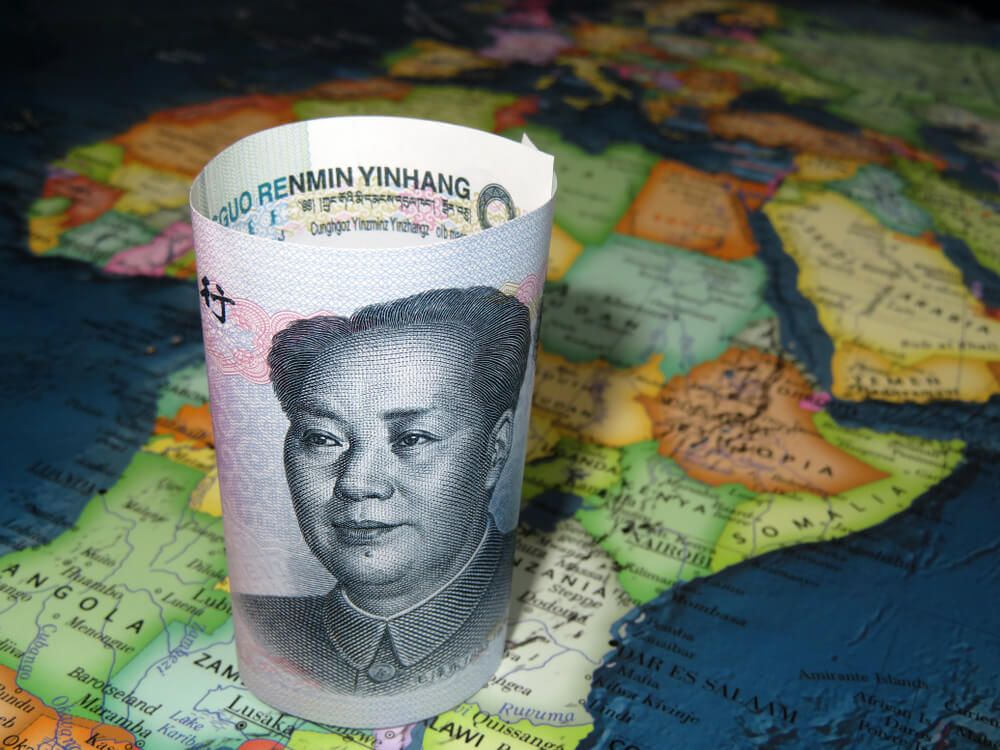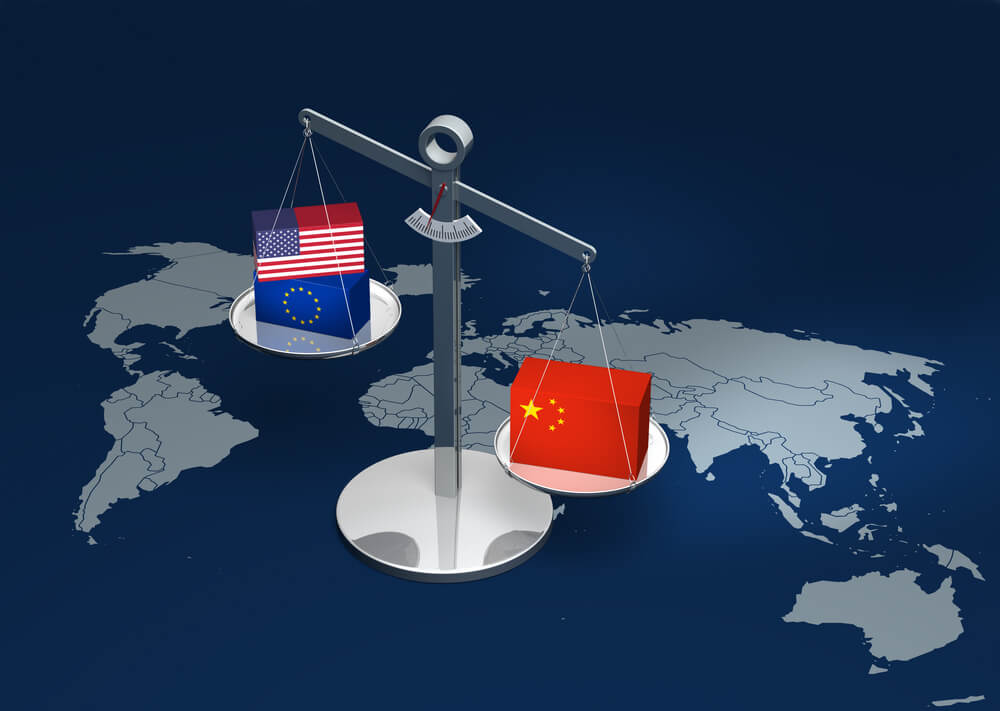Contrary to what may have been expected with the election of a Democratic president, the United States’ position regarding China has only hardened under Joe Biden. Although Biden’s style appears more polished, the bottom line remains the same: China is a rival that poses a threat to American supremacy in various domains, and this cannot be tolerated. In the field of trade, the exacerbation of the rivalry has resulted in the implementation of plainly protectionist measures, in flagrant violation of the liberal logic of free trade. The use of local content requirements is the clearest illustration of this.
The United States’ Increasingly Unabashed Interventionism
The Inflation Reduction Act (IRA) of August 2022 reflects this shift in the approach of an American power seeking to ensure the absolute protection of its industry, even if that means contravening multilateral rules and alienating some of its partners or allies. The IRA pledges $369 billion in industrial subsidies and fiscal advantages to support American “green” industries, among other things. American households can receive a $7,500 tax credit for the purchase of a new American-made electric vehicles ($4,000 for used vehicles). Alongside the promotion of a green economy, the aim is to encourage the reshoring of value chains from China to the United States, which explains the integration of local content requirements: only products manufactured in the United States using American inputs are eligible for subsidies.
On October 7, the United States upped its efforts to halt any potential progress of Chinese industry, announcing a new wave of export restrictions that largely deny Chinese companies access to high-end semiconductors, which are essential for the development of future technologies, particularly artificial intelligence and supercomputers. Until this point, pressure had been concentrated on a few specific companies (e.g., Huawei), and restrictions focused on products used for military purposes. Now, export controls are targeted at a specific country, China, and focus on commercial technologies. Make no mistake, the aim is clearly to stifle China’s technological capacities, and not just to weaken its defense industry. Official declarations support this interpretation. According to the US national security advisor, Jake Sullivan, the United States’ aim is no longer just to stay “one or two generations ahead” of China, but to completely block its capacity for innovation in certain key sectors such as that of semiconductors.
China has of course railed against these measures, which it considers to be “100% protectionism, 100% self-servingness, 100% unilateral action” and “in flagrant violation of the principle of free trade”, in the words of the director of the Office of the Central Foreign Affairs Commission (China’s top diplomat), Wang Yi, during the Munich Security Conference on February 18, 2023. In late 2022, Beijing condemned US restrictions on the export of semiconductors and launched a dispute at the World Trade Organization over the United States’ alleged failure to respect the rules of free trade.
The European Union, a Collateral Victim
The exacerbation of tensions between China and the United States is of concern to all partners, insofar as a number of the US policies mentioned above affect them directly. Evidently, the United States is not concerned about the possible collateral damage of its protectionist policies on its own allies (South Korea, Japan, the European Union).
The IRA has been received with skepticism and concern by Washington’s partners and allies, who see these discriminatory measures as major distortions of competition. By favoring products “made in America”, these provisions penalize foreign investors in the United States who source intermediate products from their country of origin. Unable to access these subsidies, European companies (as well as Korean or Japanese companies) are at a disadvantage compared to their American counterparts. Moreover, Europeans fear the large-scale relocation of European companies or the reshoring of American firms who had previously invested in Europe but may now prefer to operate on American soil in order to benefit from this assistance.
In addition, the extraterritorial character of the export restrictions announced on October 7 limits the room for maneuver of the United States’ partners. In effect, these new restrictions no longer concern American companies alone, but rather apply to any company using American inputs in their production processes (intellectual property, design software, etc.). In other words, the United States is effectively prohibiting certain foreign companies (in particular European ones) from trading freely with their Chinese partners.
How May the European Union Respond?
In these circumstances, a number of options are open to the European Union. The first is to engage in a subsidy war with the United States, which would be extremely costly and therefore futile.
The second is to encourage efforts to develop European production capacities, which is one of the objectives of the strategic autonomy policy. However, this is hampered by the importance of interdependencies, particularly in the high-end semiconductor sector, which rules out any possibility of effective autonomy.
If multilateral dispute settlement mechanisms cannot be used, the third option, and probably the most realistic one, is to enter into a dialogue with the United States with the aim not of breaking away from China and isolating it completely, but rather of reducing dependencies on China in order to limit potential vulnerabilities. The establishment of the EU-US Trade and Technology Council should enable progress in this direction, provided that the United States shows willing, which remains to be seen.
















